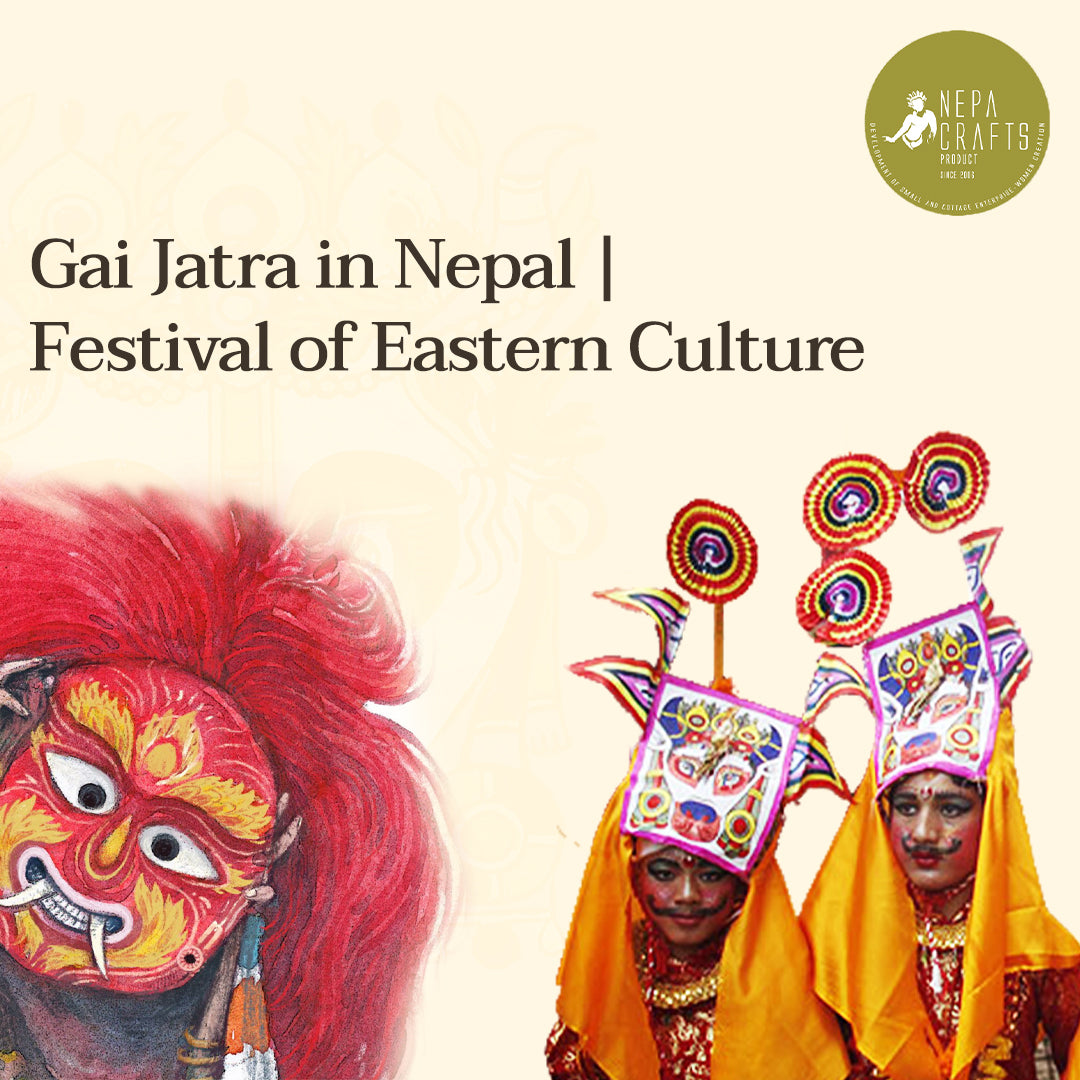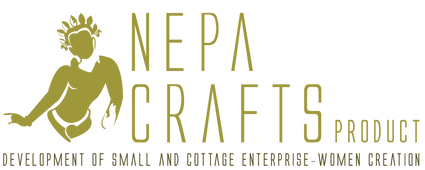
Gai Jatra in Nepal | Festival of Eastern Culture
Introduction of Gai Jatra in Nepal
Gai Jatra is simply a merger of two words Gai and Jatra. In Eastern Culture Gai means Cow and Jatra means a festival involving street drama, dance, singing etc. Gai Jatra in Nepal especially falls during the months of Bhadra (Between the months of August and September in anno domini), and it is celebrated to give tribute and homage to the departed soul.
History of Gai Jatra in Nepal
Tracing back to the 17th century, Gai Jatra is said to have been introduced by king Pratap Malla to console his bereaved queen who has recently lost her teenage son Chakravartendra Malla.
King Pratap Malla had five sons Bhupendra, Chakrabartendra, Nirupendra, Mahipendra, and Partipendra. King decided to make all of his five sons become a king and wanted to see all of them on the throne once in his regime. Accordingly, the program is sketched and Bhupendra became the king and it was the turn of Chakrabartendra Malla.
On the Ascension program of crown prince Chakrabartendra Malla, All people of the kingdom were invited and a grand program scenario was sketched. The crown prince is coming nearer to the throne, and along the way, the elephant lost control while the prince arriving for ascension killed the prince. While seeing this scene the queen gets depressed.
King wants to convince his wife that “Death is undefeatable, many people lose their relatives and families' life per year. But they should have to move on from any account of pain and sorrow. Rather than panic and stay in grief, we must have to accept the natural phenomena”.
At the time, the ritual scenario was created to make people happy by manipulating the people into cows. The main purpose of the king is to make her queen happy by displaying that she’s not the only one to lose her family as many people are accepting the fact that life is perishable. This festival is named “Saaparu” in Nepal Bhasa (Nepal Language).



(pictures from: facebook.com/redcircle.creativesolutions )
Controversy in the History of Gai Jatra
There are many scholars who argue that the Gai Jatra Festival in Nepal was in practice before the Regime of King Pratap Malla. As per the historical manuscripts, the festival is in practice for 600 years before today, but the scholar argues that it started before that time. Whereas no one coined the term “Gai Jatra” or “Saaparu” in any of the historical manuscripts, inscriptions etc. So, this argument seems less scientific or we can say it won't have any authenticity.
As per the cultural experts, Gai Jatra is the amalgamation of mourning and celebration. Whereas Shrestha (Tribe of Kathmandu) claims that we can’t merge mourning and celebration, rather this festival only portrays the celebration. If mourning and celebration come to the same table, then what is the logic behind consoling the queen? So, there are two different beliefs about the nature of Gai Jatra in Nepal.
How is Gaijatra Celebrated?
According to the ancient legend of the Hindu religion, Yama (The God of Death) would send the black crows to survey the entrance to the transit point of heaven and hell. Outside the transit point, there will be many departed souls waiting to judge their life’s activities. After the acceptance of Yama, it is believed that the departed soul should go to heaven, or hell or they prevaricate to earth again to purify their soul (depending upon the activities done in their lifetime). And in the Nepalese belief that after relatives become the cow the departed soul gets the cowstail to easily follow the path to heaven. So, this festival is celebrated by participating every family who has lost their loved ones within a year in this cow procession in the country.
In the early morning, local people worship and give baths to the cows and clean their tails. The main reason behind cleaning the tail during this day is to make it easy for the departed soul to catch the purified tail of that cow along the way to heaven. After cleaning the tail of the cow, people decorate the cow with beautiful tika and garlands. If the cows are not available in their home, people treat the young boys the way they treat cows in the home and assume them as cows then send them to the Jatra (parades). And it establishes the belief of having good fortune ahead of those young boys in their entire life. These are the rituals that the people have to do on this day. That’s how the Gai Jatra Festival in Nepal is celebrated.
Gai Jatra Festival Across Nepal
As Gai Jatra originated from Kathmandu (Ancient Kantipur), the main celebration is performed in the major chowks (junction) of Kathmandu as well as Patan, Bhaktapur, and the entire country. We can see the high influence of the Gai Jatra Festival in the Nuwakot district.
- Kathmandu
In Kathmandu, the festival is celebrated especially in Kirtipur. But other major junctions also organize this festival. The main Newar tribe organize this festival and release Gai from there by the house. As the capital city of Nepal, Kathmandu is able to address people from different parts of the country. Another place where this festival falls is in the palace Basantapur. This is the Palace from where King Pratap Malla used to rule the kingdom. So, the high influence of this festival is seen in these two places in Kathmandu.
- Lalitpur
As same as Kathmandu, Lalitpur also consists of major junctions like Patan, Pulchowk, etc. where the festival of cow “Gai Jatra” is celebrated. But the enthusiasm for the Gai Jatra Festival in Lalitpur is lower than in other places in the valley (Kathmandu, Lalitpur, and Bhaktapur).
- Bhaktapur
Bhaktapur is ranked as the top district of Nepal, which organizes cultural activities to preserve the culture and religion. Different cultural dances are performed during the day by the Newari community at Gai Jatra Festival as below:
- Nuwakot
Similar to Bhaktapur, Nuwakot district also conducts the Gai Jatra festival with great enthusiasm. In Nuwakot, there are different types of activities performed during this day in honor of the departed soul. The activities like Worshiping Chariot and funny traditional fashion shows, as well as Lakhey Nach, are also popular in the Nuwakot district. The main places where this festival falls in Nuwakot are Battar, Devighat, and Nuwakot Durbar area.
Other Traditional Practices on Gai Jatra Festival in Nepal:
On this specific day, locals used to celebrate by performing various humorous activities. The trend that the local people follow during this festival (Gai Jatra) in Nepal are mentioned herein,
Lakhey Dance (lakhey nach)
The Lakhey dance is one of the popular festivals performed during the day of Gai Jatra, where the Lakhey start dancing in the morning and end at night. All day the Lakhey leads the parade to the city on this day.

Funny Traditional Fashion Show
On the day of Gai Jatra, the practice of wearing a funny dress for the fashion show is more popular than other activities on the day as it also has historical value. This is the act by which the wife of King Pratap Malla was convinced.

Thaha Macha Chariot
Thaha Macha Chariot is decorated with beautiful tika and garlands in the memory of the departed souls. They attach pictures of the departed soul to this chariot and get involved in the parades.

Modern Day Gai Jatra Festival in Nepal
Modern Day Gai Jatra Festival in Nepal added various ingredients by doing an amendment to the ancient traditional culture and values which were established by King Pratap Malla. Along the way to the Shah regime the term “Gai Jatra” has been regarded as the day when people are given such liberty to talk, point and satire the system, government and leaders.
In the present day, various tv programs and comedy shows are hosted by the name of Gai Jatra. Many reputed magazines and newspapers use the term Gai Jatra to display and publish cartoons and articles.
In contrast, the real Gai Jatra still has value as it was in the past, but the sense of satire is also delivered through this word. Some of the locals called it disrespect of the cultural values while the professionals belonging to the profession marked the act as a shout-out to our culture as the programs also contain humorous content.
Conclusion:
Gai Jatra has historic and cultural values. The Gai Jatra Festival in Nepal is popular among Nepali as well as other tourists from different countries also come to see this festival in order to view the humorous tribute to the departed souls. While this festival in crowded cities like Kathmandu has some drawbacks as in the way of gathering the crowd the traffic jam, accidents also happen. The dark side of Gai Jatra is it brings the personal enemy to a common place (junction) and there is a potential for fights between two groups.
On the other hand, the Gai Jatra Festival in Nepal is a highly crafted and well-designed festival. It is losing value per year because of the low participation of the people. Digitalization leads this historically valued festival to the graveyard. So, rather than sitting at home and crawling social media, Nepalese people must have to promote and participate in this Jatra.
Gai Jatra Festival is our identity and Pride!

Leave a comment